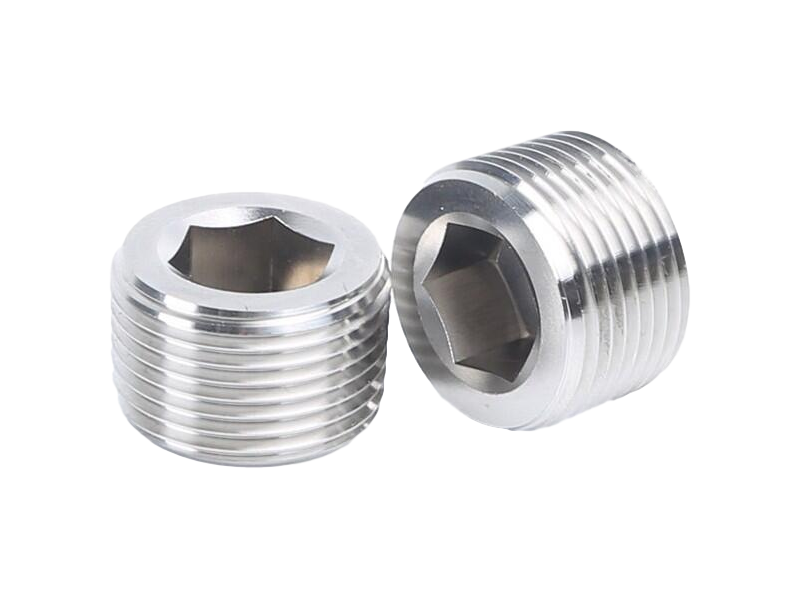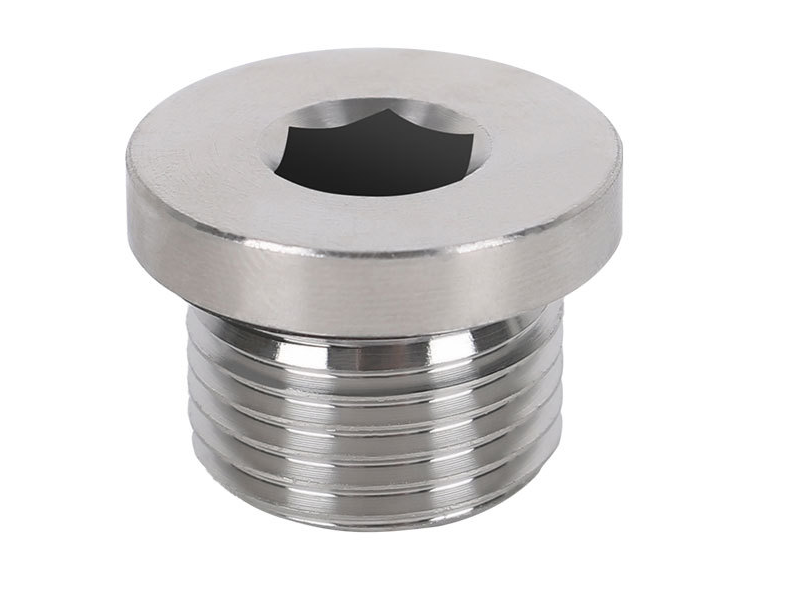Comprehensive Guide to Stainless Steel Compression Fittings
In today’s industrial landscape, the demand for reliable, durable, and corrosion-resistant fluid connection solutions is higher than ever. Stainless steel compression fittings have become a preferred choice across various sectors, including chemical processing, pharmaceutical manufacturing, aerospace, marine, and water treatment—especially in regions with harsh environments like North America, Europe, and Asia. Whether you’re designing new hydraulic systems or maintaining existing ones, understanding how these fittings work, their types, and best practices is crucial for ensuring safety and efficiency.
In this 2025 guide, we’ll explore everything you need to know about stainless steel compression fittings: their advantages, types, usage tips, pressure capabilities, and regional considerations.
What Are Compression Fittings?
Definition and Basic Working Principle
Compression fittings are mechanical devices designed to connect pipes or tubing securely without welding or threading. They operate by compressing a ferrule or ring onto the tubing, creating a tight, leak-proof seal under high pressure. They are particularly advantageous for applications requiring frequent disassembly, reinstallation, or inspection.
Key Benefits Include:
- Easy installation without specialized tools
- Reusable and adaptable
- Corrosion-resistant, especially when made with stainless steel
- Suitable for high-pressure and high-temperature environments
Industries That Rely on Compression Fittings
- Chemical and Petrochemical
- Food, Beverage, and Pharmaceuticals
- Aerospace and Marine Engineering
- Water Treatment and Automation
Can You Use Compression Fittings on Stainless Steel Tubing?
Yes, but with Precautions
Using compression fittings with stainless steel tubing is common, especially in high-corrosion, high-pressure environments. These fittings are designed to accommodate various tubing materials, including stainless steel, provided compatibility is confirmed.
Advantages of Using Compression Fittings on Stainless Steel
- Enhanced durability and corrosion resistance
- Ability to withstand high-pressure systems
- Clean, precise installation ideal for sensitive applications
Installation Tips:
- Ensure the fitting size matches the tube diameter exactly
- Use compatible ferrules—preferably those made of stainless steel or synthetic materials suited for stainless tubing
- Avoid over-tightening, which can deform tubing or ferrules
- Regularly inspect fittings for signs of wear or leaks
Potential Challenges
- Mismatch in fitting size or material can cause leaks
- Excessive tightening may deform thin-walled stainless steel tubing
- Proper cleaning of tubing prior to fitting ensures optimal sealing
How Much PSI Can Stainless Steel Handle?
Pressure Ratings and Influencing Factors
Stainless steel tubing and fittings are renowned for their high-pressure capabilities. The maximum PSI depends on the grade of stainless steel, tube wall thickness, fitting design, and operational conditions.
- Common Ratings:
- 304 stainless steel: up to 1,000–2,000 PSI in typical applications
- 316 stainless steel: similar or slightly higher due to better corrosion resistance
- Specialty grades (e.g., 321, 347): can handle pressures exceeding 3,000 PSI
Critical Factors Affecting Pressure Capacity:
- Tube Thickness and Diameter: Thicker walls and larger diameters withstand higher pressures.
- Fitting Design: Heavy-duty compression fittings are rated for higher pressures.
- Temperature: Elevated temperatures can reduce the pressure rating.
- Environmental Conditions: Presence of corrosive agents can weaken the material over time.
Industry Standards and Safety Margins
Manufacturers typically specify maximum working pressures—often 4:1 safety margins are recommended. Always consult the manufacturer’s data sheets for specific pressure ratings.
Should I Put Teflon Tape on a Compression Fitting?
Best Practices for Sealing Compression Fittings
Unlike threaded fittings, compression fittings primarily rely on the ferrule and proper tightening to seal. However, in certain applications, some users prefer to add Teflon (PTFE) tape for enhanced sealing, especially in low-pressure systems or when extra protection against leaks is desired.
Is Teflon Tape Necessary or Recommended?
- Generally Not Needed: Properly installed compression fittings typically do not require Teflon tape because the metal-to-metal contact provides a robust seal.
- In Specific Cases: Applying Teflon tape or thread sealant on the fitting’s threaded end (if present) or mating surfaces can help prevent leaks, especially in systems exposed to vibration or thermal cycling.
- Application Tip: Use Teflon tape wrapped around the male threads in a clockwise direction, avoiding excess tape that could interfere with the compression seal.
Alternative Sealing Methods
- Use of high-quality, corrosion-resistant ferrules
- Employing seal


